Silverdale Tunnel
Silverdale Tunnel
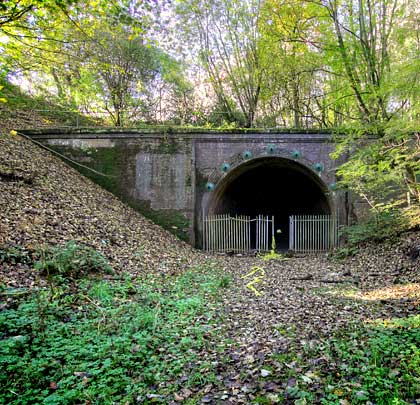
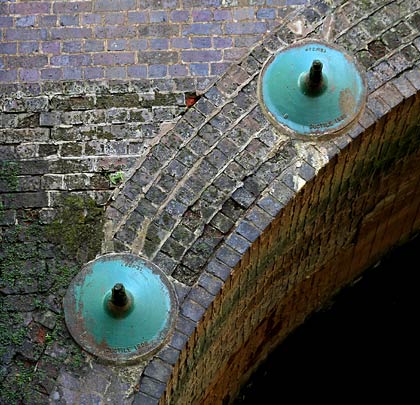
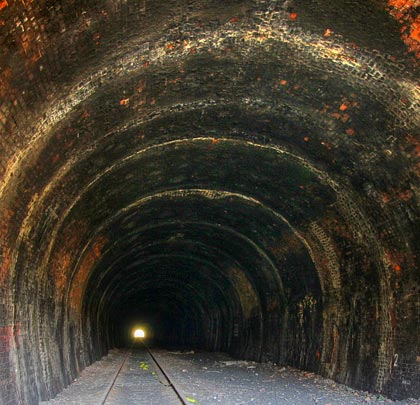
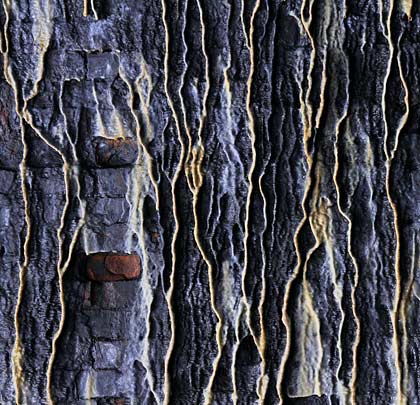
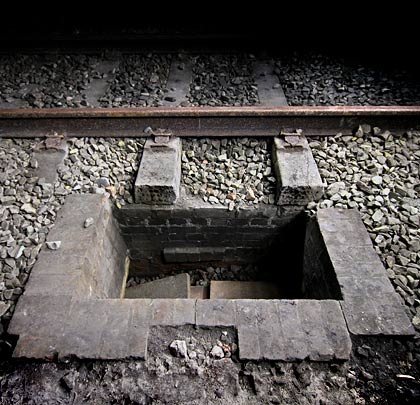
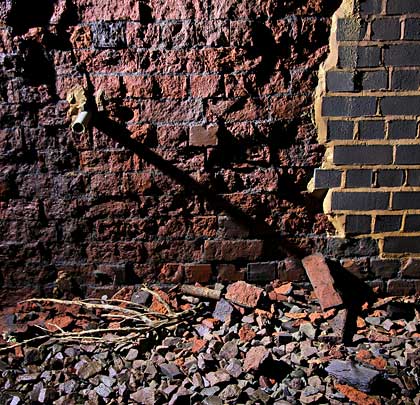
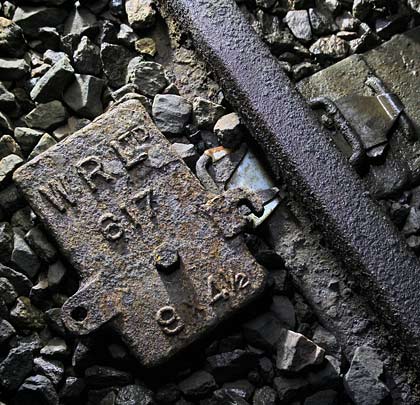
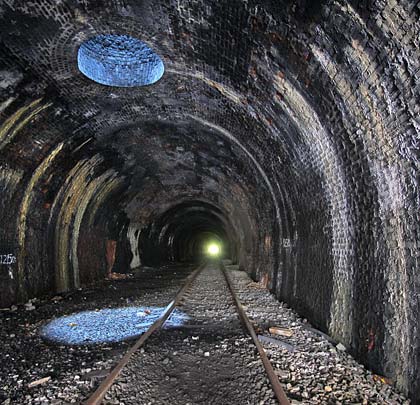
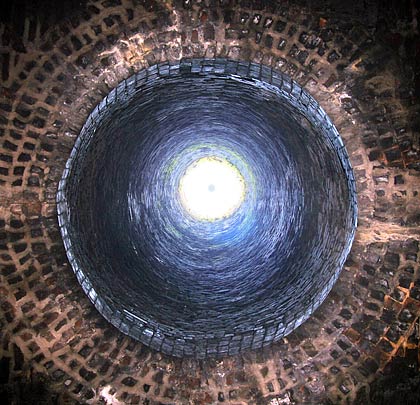
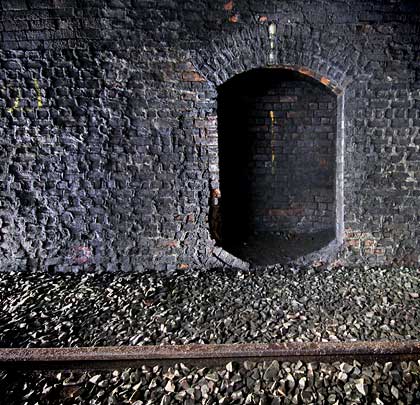
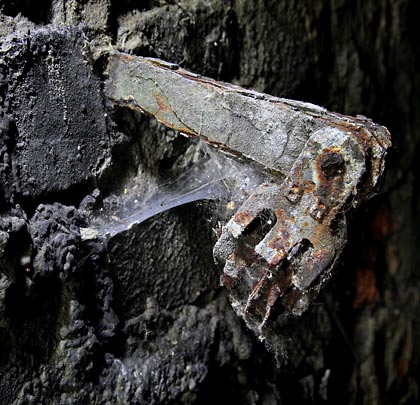
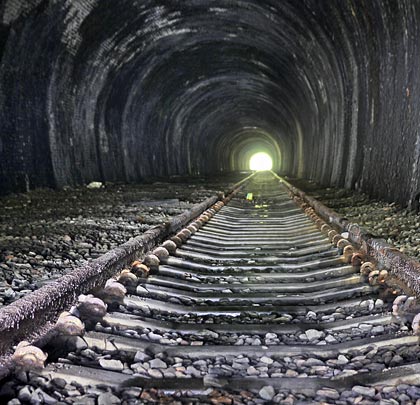
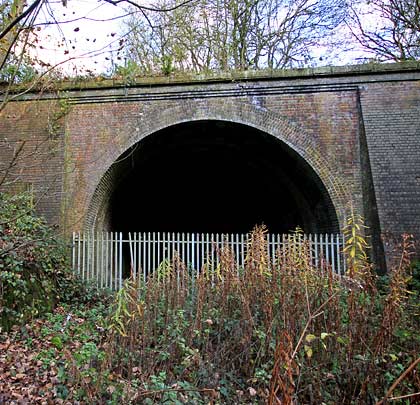
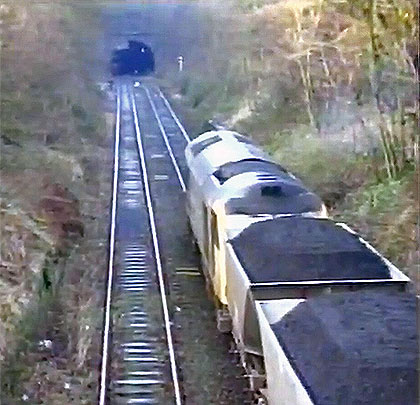














In 1846 the North Staffordshire Railway was authorised to build a branch from its main line north of Stoke through Newcastle-under-Lyme, partly laid on the bed of Robert Heathcote’s canal. Recognising that this would be of little benefit to his iron works in Silverdale, owner Ralph Sneyd decided to construct his own line southwards to Pool Dam. Known as the Silverdale & Newcastle-under-Lyme Railway, this opened in 1850 and, two years later, was joined by the North Staffs branch at Knutton Junction. 1854 brought a half-mile extension of the S&N to reach the head of the Newcastle Canal from where coal, iron and ironstone would be transported. This extension was initially worked by horse power. Added to this local network in 1856 was the 1½-mile Apedale branch, serving collieries to the north and north-west. The North Staffs assumed overall control after an Act was passed to make the S&N a public railway in August 1859.
To create a through route into Shropshire, a 12½-mile incursion was planned into the territory of the Great Western at Market Drayton. This would effectively scupper the GW’s own march towards Manchester. Authorised in July 1864 and opening on 1st February 1870, the line set its shareholders back £216,926, much of this invested in two tunnels towards the eastern end.
Although built for two tracks, the route was singled between Silverdale and Pipe Gate in October 1934. Despite this limitation, the period following nationalisation brought a significant increase in freight traffic, reaching a peak of 10,000 tonnes per week in 1962/3. By this time, passenger services had ended but mineral traffic continued to use the line until the closure of Silverdale Colliery in December 1998.
The tunnel at Silverdale follows a straight course and extends for 684 yards. A single track still runs through it but the section between the tunnel and former station site was lifted in 2009.
The eastern approach cutting has gently graded sides and is relatively shallow. At its end is a plain portal, built in engineering brick, featuring buttresses either side of the entrance and masonry copings with some brickwork detailing beneath. Seven ties bars have been inserted into the six brick ring faces, secured by pattress plates. These are dated 1996.
Inside, the lining is constructed in red brick. The butt joints between the lengths are unusually pronounced possibly due to penetrating water washing away the accumulated soot around them. There are several areas of spalled brickwork, some of which have undergone patch repairs. Refuges are provided but are few in number.
Some considerable mineral deposits have formed, mostly on the south wall, as a result of water ingress. A number of weep pipes relieve pressure behind the lining. A drain runs down the tunnel’s centreline charged by three open catchpits.
A single 9-foot diameter ventilation shaft, also lined in brick, is located around 450 yards from the eastern entrance. The surface structure is intact, standing in a field to the south of Pepper Street.
The west portal is identical in design to its sibling. Both reveal there to be surprisingly little ground cover towards the tunnel’s ends.
Click here to see Martyn Hearson’s video featuring the ‘Last Train from Silverdale’.








